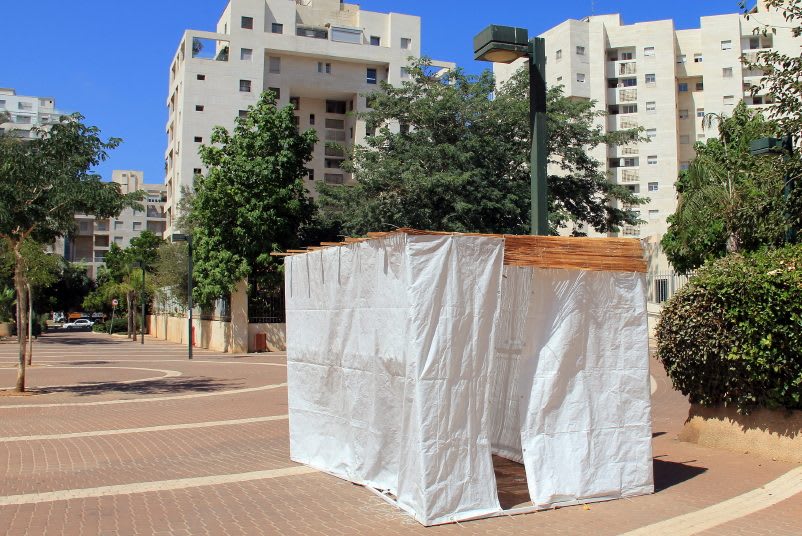Anger is a force of nature stronger than any tsunami, hurricane, or earthquake I’ve experienced. While the latter can destroy cars and buildings, anger can destroy human beings. Every day during my morning commute on the bus, I see regular people—moms and dads, lawyers and accountants—screaming at each other over who gets the window seat. It’s not normal!
Anger can make people do things they’ll regret for the rest of their lives. One of my favorite professors used to share the story of a fellow doc he’d seen in psychotherapy for over 40 years who regularly brought up the time he’d flipped out at 2:00 AM while working in the emergency room. Kicking an intoxicated patient who had cursed him was clearly the low point of his career. It was humiliating to the point where he was still discussing it in therapy so many years later. The Talmud rightfully warns us “Anyone who becomes angry, all the fires of destruction control him,” (Talmud Nedarim 22a), for I have yet to meet an individual who doesn’t regret having snapped at a loved one and the sorrow it caused them both.
So whether it’s an angry doctor or a hot-tempered parent, I often meet patients seeking help in conquering their anger. Perhaps the most time-tested technique is to teach people to keep the big picture in mind. By doing so, my patients will be aware of the possible consequences of their actions before it’s too late and they’ve poured gasoline on the fire. My methods aren’t anything new. In fact, they’re fundamental teachings of both Talmudic Jewish ethics and Cognitive-Behavioral Psychotherapy.
As we approach the Jewish Festival of Sukkot, it’s the perfect time to recall one of the most famous Hasidic tales of dealing with anger. Rebbe Nahum of Chernobyl was a poor man who wanted to celebrate the holiday of Sukkot with the best etrog he could find. Lacking the cash to purchase one, he traded a priceless family heirloom for the most beautiful etrog in the country. Upon returning home, his wife was enraged to learn he’d “wasted” their treasure. In a fit of rage, she squashed the etrog on the ground. Rabbi Nahum—maintaining a heroic level of keeping the big picture in mind—smiled and said, “I may have lost my etrog but I won’t lose my calm.” Rather than react in anger and explode the situation, Rebbe Nahum was able to control his anger and diffuse the argument with his wife. Clearly this was more valuable that any antique they possessed.
The holiday of Sukkot is perfect for reminding us all to keep the big picture in mind. When the Torah teaches us, “In Sukkot you shall dwell for seven days,” (Vayikra 23:42), we learn something very important. There is a very clear connection between spending a full week with our loved ones in a temporary outdoor hut may and the fact that Sukkot is called “The Time of Our Happiness.” A bit of food, our relative health, and the love of those we hold dearest is all we will have in the Sukkah. Hashem calls Sukkot “The Time of Our Happiness” to teach us that this and this alone is more than enough to be happy about. Sukkot is about the fact that there is no need for sports cars, flat screen televisions, promotions, or awards to make us feel good. Sitting in the sukkah, we are blessed with all that we need. These thoughts should give us the ability to control our anger and to remain peaceful during challenging times. Even when someone squashes our etrog or takes our seat on the bus…
The words of this author reflect his/her own opinions and do not necessarily represent the official position of the Orthodox Union.

